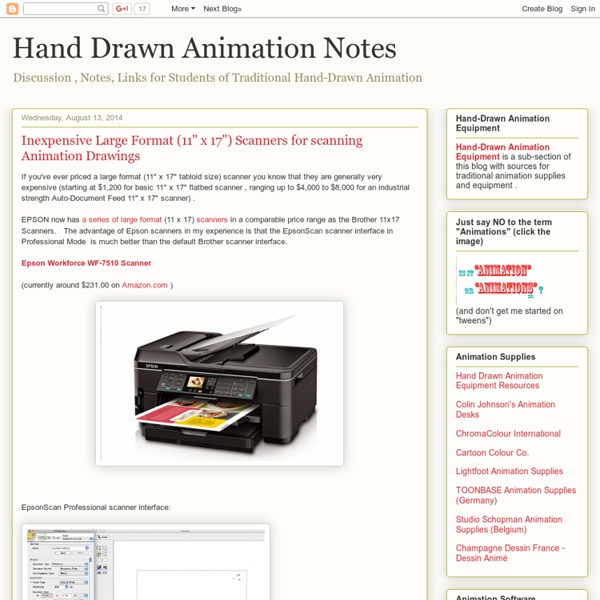



Art of Jung Park Animation.insomnio JohnsBlog angry animator | animation, tutorials, & assorted topics. scott-eaton.com Story Shots Questions Answered OK: how to get in touch with me, things about storyboarding, internships, and drawing style Read More My linkedin - because tumblr is terrible with correspondence and facebook is creeping me out. If you want to connect like pros hit me up there. Some samples of basic basic basic character exploration. Next-five-shots exercise based off this photo. Obviously this photo is from a film about fantastically tragic sadness. Other takes: @lbtreiman - Fish whisperer @jtbozz - Beanstalk @khfr - Mermaids @santiagocasares - Starfish Drawing from films Drawing from films is a ridiculously useful exercise. The way this works: you draw tons of tiny little panels, tiny enough that you won’t be tempted to fuss about drawing details. Hit play. Note on movies: Spielberg is great for this because he’s both evocative and efficient. What to look for: Foreground, middle ground, background: where is the character? This seems like a lot to keep in mind, and honestly, don’t worry about any of that.
Art of STEVE JUNG The Official Animation Mentor Blog Nuthin' But Mech Animation Tidbits Creating a Chinese Firewatch logoLove the logo? Buy the shirt here!I first considered a Chinese localized name for Firewatch when I gave a talk at GDC China 2015, and they had translated the session title as <看火人> (word for word, this is “Watch Fire Man”). I grew up in Hong Kong reading Chinese, and I thought the localized name was well chosen—because while it mostly suggests “fire lookout” (which doesn’t specifically imply “firefighting”), it also allows a more ominous interpretation of “person watching the fire burn.” This was long before we had ever decided Firewatch would have a simplified Chinese localization, but the name stuck with me. Jump to 2017. So damn proud of how this logo turned out, and I owe so so much to Jane’s pointed direction and tutelage. …also I will never get over “looks slightly like a kid wrote it,” arguably the best critique I’ve ever gotten in my career 👌🏼
Polymer Clay Artist (◕␣~) Hello and welcome to my ART channel! here I upload sculpting demonstrations in time lapse and save those videos to playlists for my viewers to watch. Nothing is rehearsed or planned, as times I'm not sure if I can even do what I'm doing, but somehow its been working so far. I even point out my mistakes! You could consider this channel a documentary of my progression with sculpting. I used to draw (for about 10 years or so) but one day I got a box of potting clay and made my first pieces of fragile art! 3 headed Dragon! I also do other things on occasion like drawing, filming my cat Gizmo, and I like to take advantage of this beautiful 1080p camcorder and film bugs lol.
Digital-Tutors Digital-Tutors - Your Creative Training Resource 146,818 views 5 months ago See how Digital-Tutors helps artists all over the world learn CG and VFX. Watch training for over 50 of the most popular software (from Autodesk to ZBrush) in the world's largest CG and VFX training resource. Learn on your time with 24/7 access to every course and every project file you need for a hands-on learning experience. Don't waste any more time looking for training, get access to professional trainers and artists who know how today's production pipelines work. Learn more on And take the full tour: Start training today!
the art of Artur Fast alexnegrea